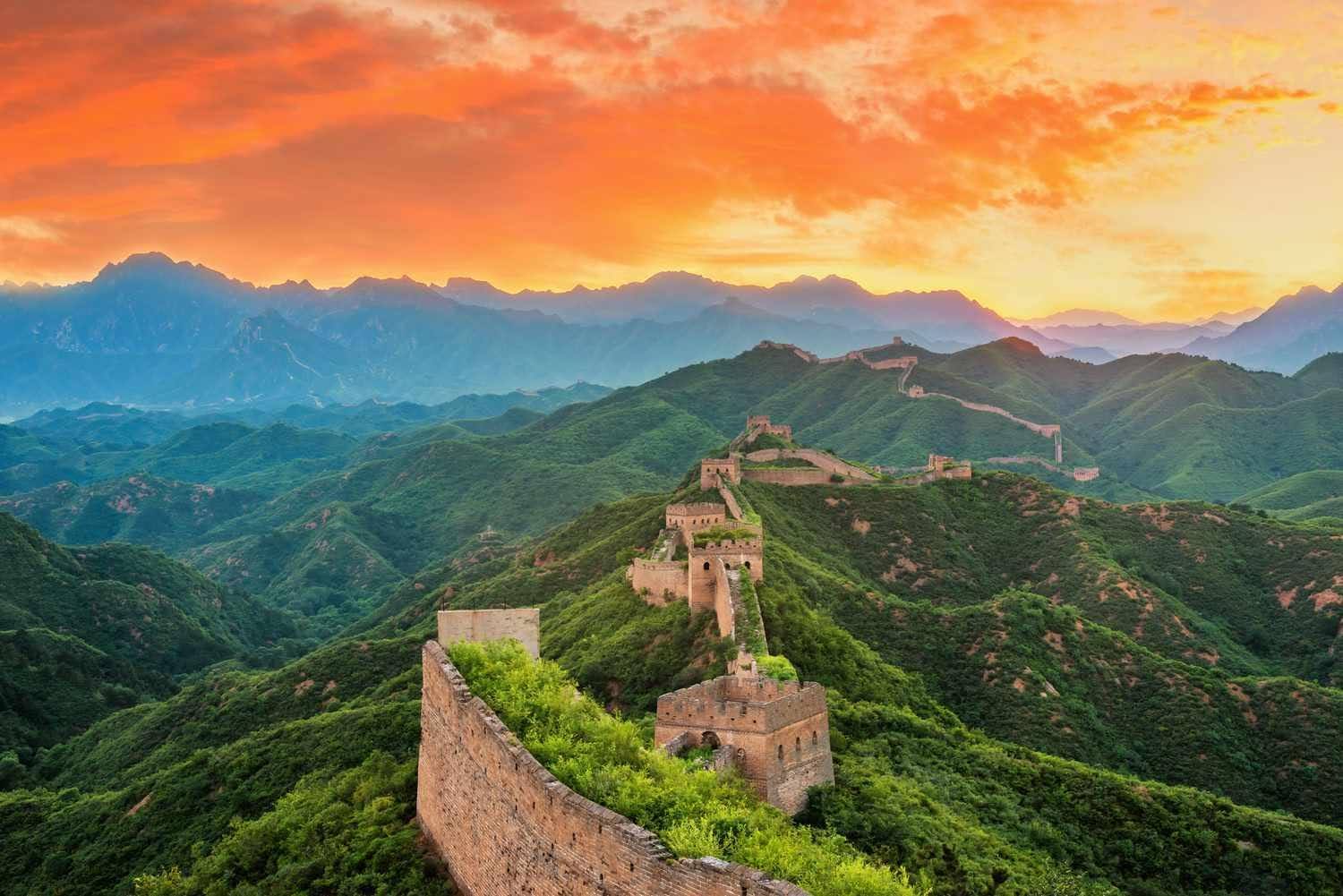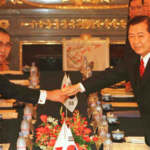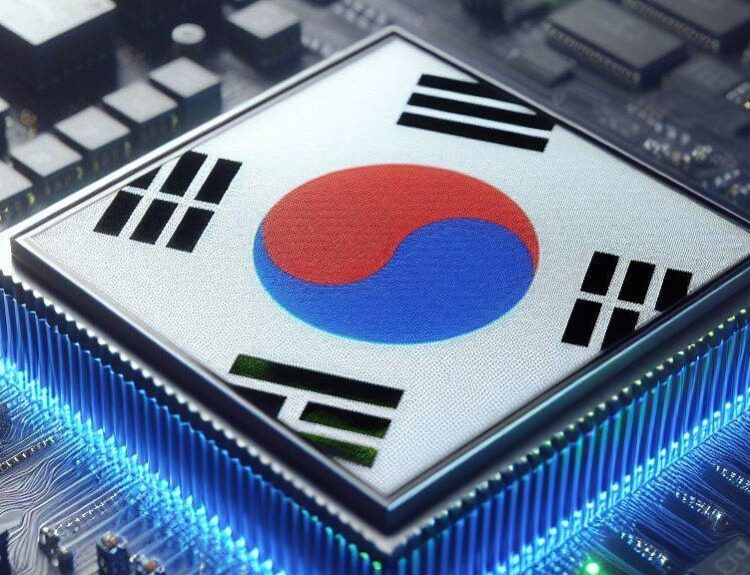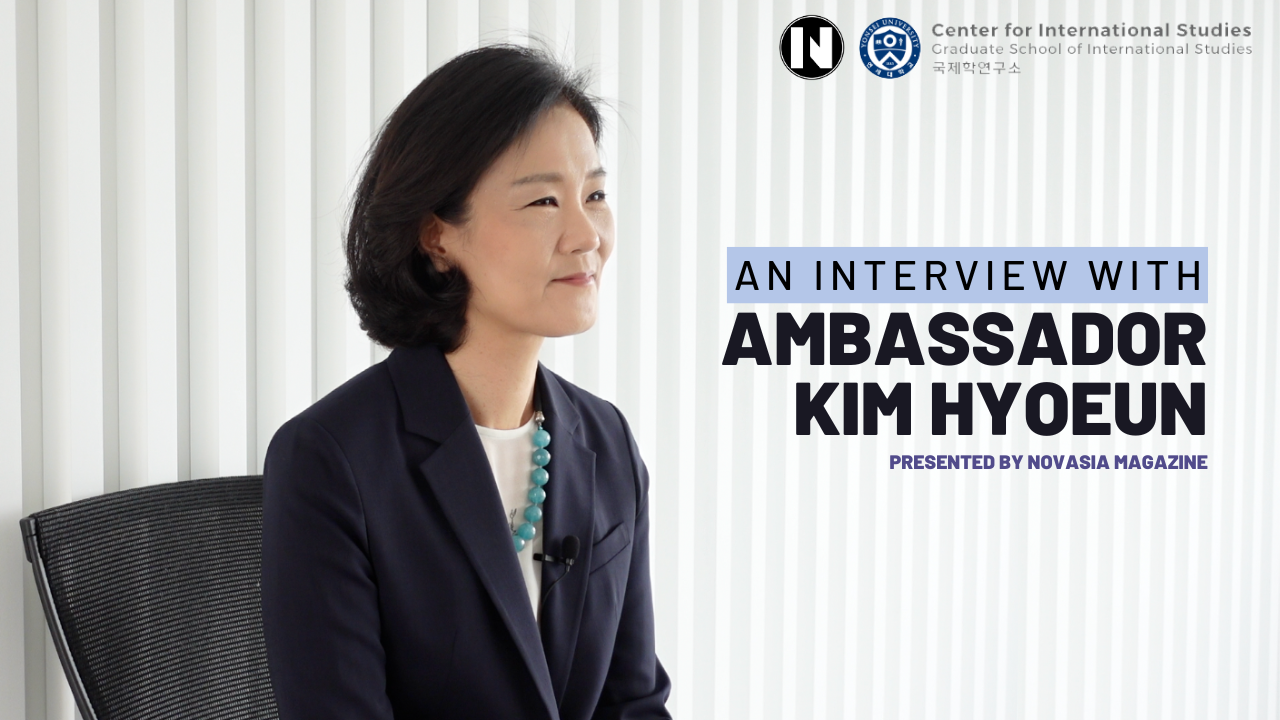The Great Wall of China is one of the world’s wonders and is one of China’s biggest monuments. Many movies were made about the Great Wall of China, incorporating the infrastructure’s history to entertain today’s audience. However, what people don’t know today is that China, under President Xi Jinping’s leadership, is constructing another “Great Wall,” one that is not built by bricks and charts but by diplomatic and economic art.
The Belt and Road Initiative (BRI)
President Xi announced the Belt and Road Initiative (BRI), formerly known as the “One Belt One Road,” project in September 2012. It aimed to connect Asia with Africa and Europe through both land and sea to boost geopolitical connectivity and economic trade.
The BRI is a USD 4-trillion project focused on building roads, rail, ports, and airports. With over 3,000 projects completed in the last decade, the BRI will connect states for easier movement of people and goods across the globe. With over 180 countries receiving aid and loans from the Chinese government, the BRI has turned into China’s major mega project in today’s contemporary world.
Apart from the economics, the mega project also has a soft political power implication. The BRI will inject trillions of dollars into over 180 countries, giving China a dominating capability, and creating dependency on Beijing’s aid for the participating countries.
For example, after Sri Lanka failed to repay its debt, the Sri Lankan government signed and placed the control and development of its Hambantota deep-sea port to China, which will have a 99-year lease and 15,000 acres of surrounding land for industrial purposes. Many analysts have categorized this characteristic as “debt trap diplomacy.”
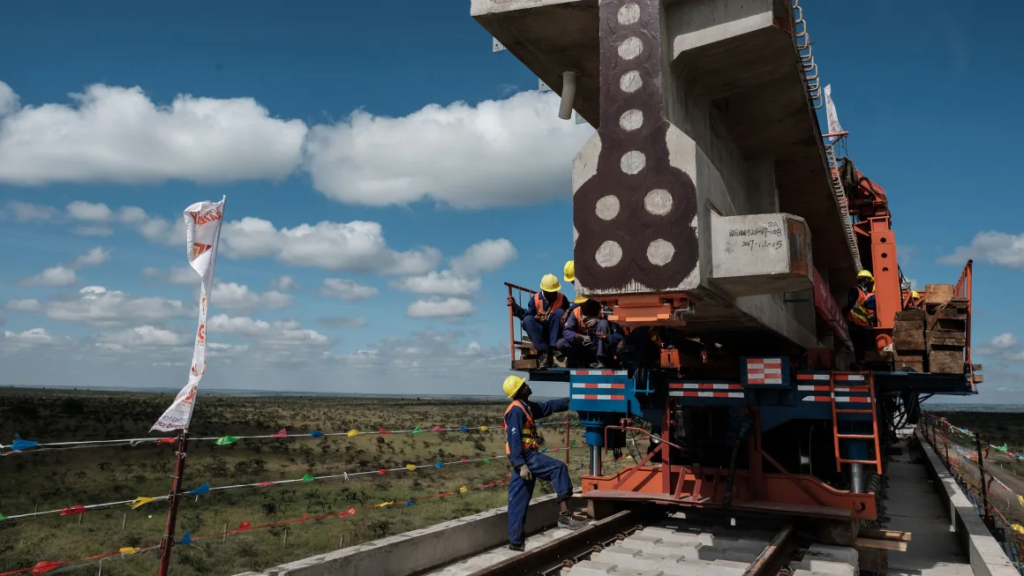
Construction of a railway track in Nairobi, Kenya as part of the initiative. Source: CNN
Different alternative abound
The BRI is not the only mega project in the world. In response to China’s BRI, US President Joe Biden announced the US-led initiative “Build Back Better World” (B3W) at the 47th Group of Seven (G7) summit in 2021.
The B3W is a global development plan of the major democracies to help provide infrastructural advancement to the developing world. The B3W adhered to major principles such as transparency and sustainability, good governance with high standards, environmentally friendly ethos, strong partnerships, and good finance development goals.
Moreover, this initiative will stretch from Latin America and the Caribbean to Africa, all the way to the Indo-Pacific—challenging the current existing framework of the BRI.
More than a cooperative framework
While President Xi lauded the significance of the BRI as a major development initiative, the BRI project also provided Beijing with an indirect and discreet asset.
The BRI will indirectly act as a geopolitical economic wall that can shield China from being contained by the US and its competitors. This will allow Beijing to access markets and ensure that the supply chain and transportation will not be a threat to China’s economic security. Moreover, China will be able to revitalize its historic Silk Road – an ancient trade route that allowed trade and communication between Rome and China – living up to its name of connectivity with the outside world.
The connection to more than 150 countries is also a strategy to ensure the world is dependent on Beijing’s economy—so direly that any international sanctions on China would also spell hardship in the global economy. This will make its rivals think twice before placing any sanctions on China.
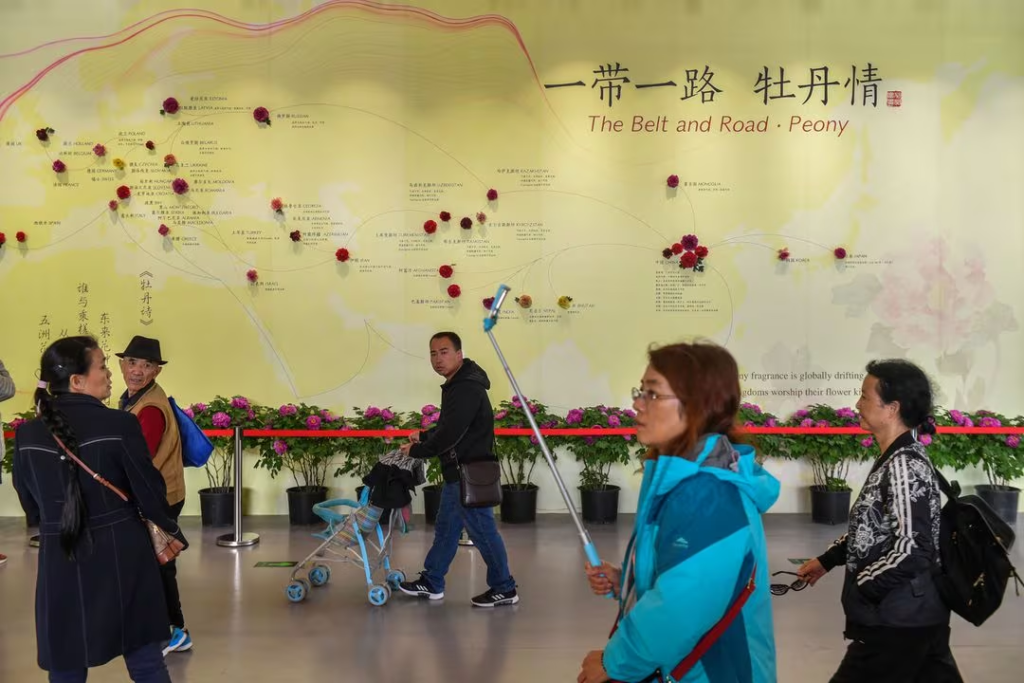
A wall at the 2019 Expo in Beijing shows a map of the Belt and Road initiative. Source: Reuters
Why need a “wall”?
The United States containment policy—a policy that ensures the Chinese expansion is curtailed reducing its probability of becoming a superpower—served as evidence to China’s suspicion of itself being geopolitical contained from rising as a prominent global power. Beijing is going to be constrained to a certain geopolitical aspect, without its freedom of maneuverability, if it doesn’t find a proper excuse for a way out.
The BRI served as China’s bridge to international and economic connectivity, but at the same time, it also carved China a strong cooperative framework. This framework can deter containment politics and prevent Beijing from being trapped, giving China a way out.
In short, the reason why China is pursuing its BRI plan intensively is to create the ability to continue working with the BRI’s participating countries, despite the external attempt to prevent Beijing from rising as a global superpower.
Challenge awaits
The massive BRI initiative is a huge asset for China in the long run, but it is also a heavy burden. China will have to continuously pour investment, loans, and aid to the participating countries to ensure their cooperation.
Furthermore, the BRI could be heavily undermined by even the slightest downfall in China’s economy. Hence, Beijing must find a strategy—both long-term and short-term—to keep its economy growing. The current real-estate crisis, low birthrate, and bad investment in China could have a long-term impact on the BRI’s slow progress.
Another challenge is that China needs to ensure the participating countries that the BRI does not aim to undermine their sovereignty. China must ensure that the BRI is not a “wolf in sheep’s clothing” diplomacy—a political strategy of presenting a benign rationale while having a secret deceitful motive—and cooperation with Beijing will be of mutual benefit in the long run. This will take time and constant communication to build trust and cooperation between China and the recipient countries.
In the past, the Great Wall of China stood as the pinnacle of engineering that projected China to the world in its attempt to keep out the Mongol invasion. Today, under President Xi, China created a new Great Wall, through geopolitical economic cooperation of the BRI, preventing itself from being contained by its rivals.
Despite the BRI’s advantageous prowess, China will need to navigate the potential hurdles to ensure the project’s sustainability turning the BRI into a marvel akin to the 21st century Great Wall of China in the long run.
- The Ping Pong Diplomacy - June 3, 2025
- The 4B Movement and Demographic Issue in South Korea - January 19, 2025
- South Korea’s Chip Industry and the Rising US-China Competition - December 3, 2024

